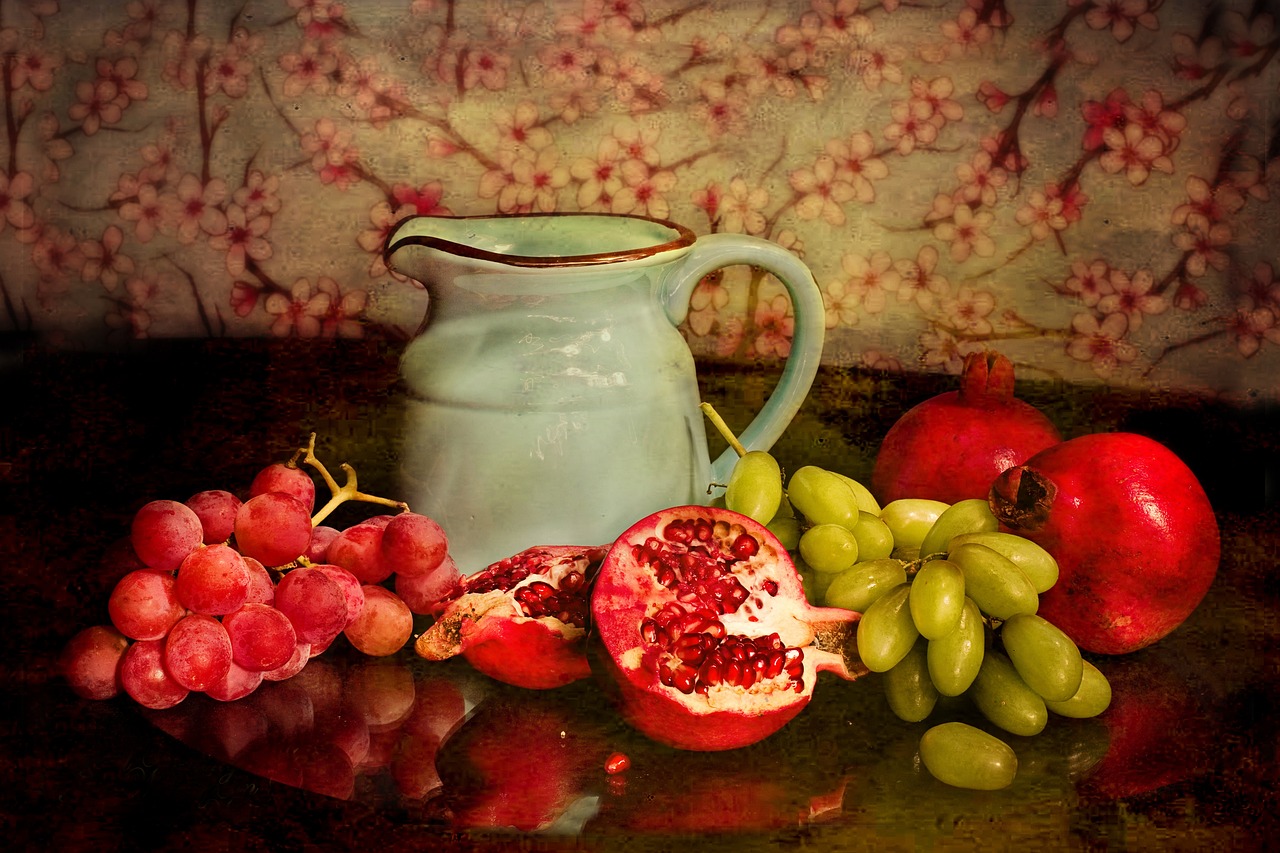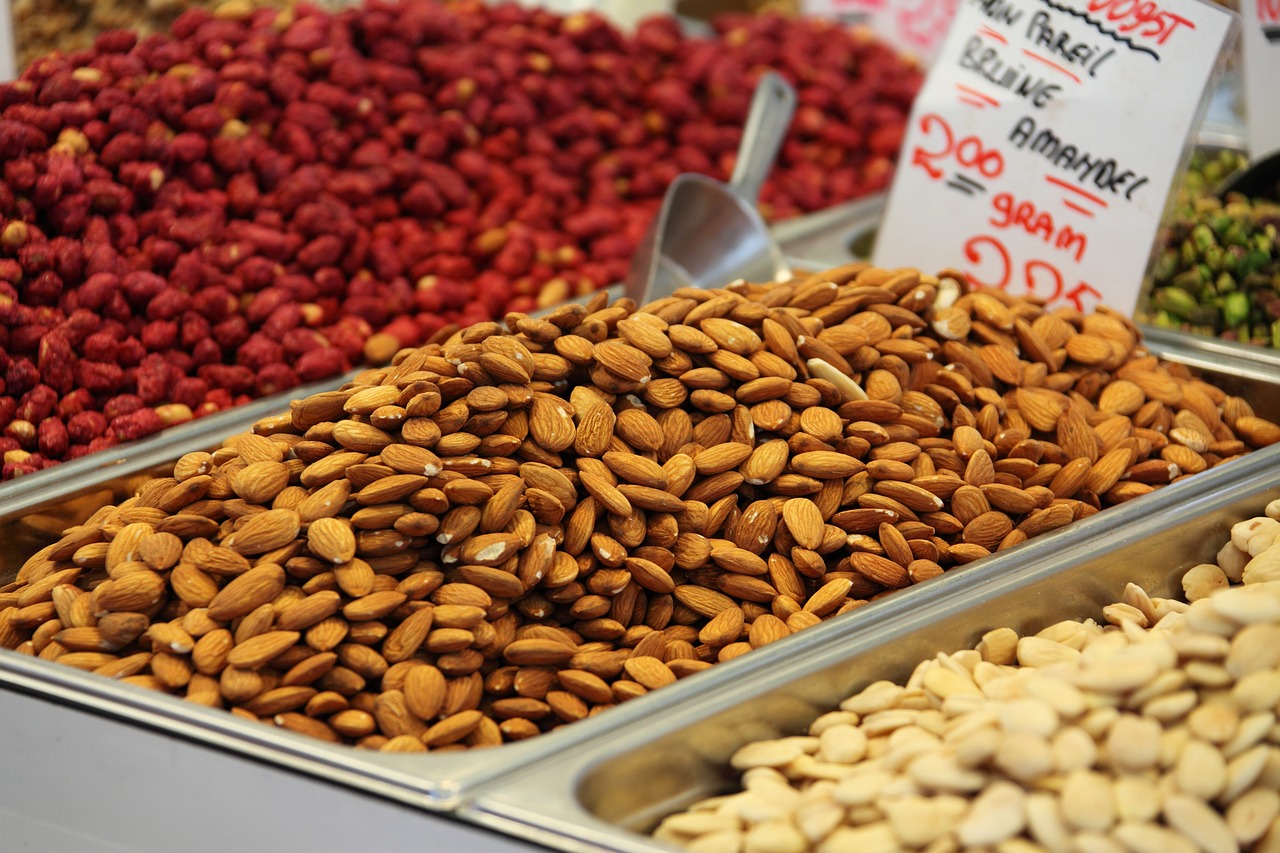Have you noticed that fruits are getting sweeter these days?
Sunny rose grapes, plums, such as honeybee plums and other popular fruits are mainly “pure sweet” even if, ordinary fruits have also become sweet. Eating two slices of watermelon, like drinking sugar water. A bite of cantaloupe is so sweet that you can squeeze sugar out of it. Even blueberries, dragon fruits, plums and oranges, which are not mainly sweet in flavor, have also embarked on the road to sweetness.
Why are fruits so sweet nowadays? These sweet fruits, could they be overloaded with sugar, and can we still eat them safely?
Fruit getting sweet? And it’s gonna get sweeter.
The fact that fruit is getting sweeter is actually the result of a two-way race between consumers and the market.
Sweetness is an instinctive human pursuit. “Sweet” often means the presence of sugar, and sugar can quickly and efficiently provide energy for the normal functioning of the body. In addition, the intake of sugar promotes the release of dopamine, which produces pleasurable feelings. The dual physical and mental satisfaction makes people favor sweeter foods without even realizing it.
Consumers have wanted sweeter fruits for a long time in the past, and consumer choice drives changes in the market. In order to meet consumer demand, the entire production chain, from breeding to cultivation, will run towards the “sweeter” target.
Breeding is the first step in making fruit sweeter. In order to cultivate varieties that meet the demand, hybrid breeding, rootstock breeding, bud breeding, ploidy breeding, molecular marker-assisted breeding and other commonly used technical means. Under the support of these various breeding methods, not only the launch of new varieties faster and faster, the sweetness of the fruit to improve, but also very obvious.
Previously, the sweetness of watermelon, sweetness up to 12 is already very high, and Japan 2020 launched a new variety of watermelon golden Luo Huang, not only the flesh is attractive golden yellow, sweetness is up to 20. ordinary pineapple sweetness is generally in the 8 ~ 10 or so, while the Philippines black diamond pineapple sweetness but can reach 16.
New varieties that bring the fruit’s ceiling ever higher. And increasingly sophisticated cultivation techniques can also add to the sweetness of the fruit. Appropriate water and fertilizer, day and night temperature difference, fruit thinning and pruning, bagging and other cultivation operations can also improve the accumulation of fruit sugar to a certain extent, so that there are high sweet gene fruit to give full play to their high sweetness characteristics.
In the case of breeding and cultivation are powerful, now the fruit is not only sweeter, bigger, more beautiful, flavor quality is also much more stable. As long as you find a certain suitable variety, there will rarely be such a problem as in the past, such as this year’s good, next year will not be good.
Some more “unique” needs can also be satisfied. For example, in recent years, consumers for “eat up more trouble” of the fruit has a demand, so the businessmen have responded to the introduction of seedless giant peak, seedless watermelon, soft date kiwifruit, etc. Eat up do not dirty hands, do not spit out the seeds of the worry-free varieties.
Of course, fruit improvement breeding is not purely scientific behavior, in order to meet consumer demand, behind more capital and commercial drive. The popularity of high sweet or even very sweet fruits is related to the high economic value of such fruits.
Especially in recent years, the trend of fruit boutique, is directly linked to the sugar content and other characteristics and selling price. Through the soluble solids content (mainly sugar), size, shape and other multi-dimensional indicators, the fruit can be differentiated into different grades, the higher the grade of the fruit will be sold at a higher price. Highly sweet fruit, not only to meet the sweet addiction of the people, but also let the business earn a lot of money.
Can sweetened fruit be unhealthy?
Fruit is getting sweeter and will continue to get sweeter. So is it safe to eat fruit that is so sweet, and does it have too much sugar?
The indicator of fruit sweetness is actually calculated based on the sugar content of the fruit. Some fruits become sweet, indeed, with the increase in sugar content. For example, the sugar content of peach varieties is basically a few points higher than before. Watermelons nowadays can also have a sugar content of about 12%, which is quite a bit higher than the 8% or so they had in the 1980s.
But this is not true of all highly sweet fruits. “Sweetness” is a taste experience that is mainly influenced by sugar, but also by other substances, such as bitter and acidic substances.
In the formation of fruit flavor, organic acid is a key component that affects the flavor, and the ratio of sugar to acid is the real indicator that determines the flavor of the fruit. A high sugar-acid ratio is sweet, a medium sugar-acid ratio is sweet and sour flavor, and a low sugar-acid ratio is sour.
Just look at the taste, you may think that the sugar content of watermelon is higher than the purple passion fruit, in fact, common watermelon such as unicorn’s sugar content is actually 10% to 12% or so, the sugar content of the purple passion fruit is 13% to 15%, passion fruit sugar than watermelon, but tastes very sour, is because it is several times the amount of acid watermelon.
Some fruits are sweetened by lowering their acidity. For example, the sugar content of Jumbo and Sunshine Rose is actually not very different, but the acid content of Jumbo is almost twice as much as that of Sunshine Rose, which makes the sugar-acid ratio of Sunshine Rose reach more than 60, which is 1~3 times higher than that of other fruits.
In addition, in the sugar content change sugar is not big, the total sugar in the fructose proportion of the increase can also bring the “sweeter” feeling. Fruits in the soluble sugar is mainly sucrose, fructose and glucose, the same as sugar, but their sweetness is different, sucrose is 1, while fructose is 1.75, glucose is 0.75, the same content of fructose content will bring high “sweeter” taste.
In addition, we have different taste thresholds for the three sugars. When the sugar content and taste threshold is greater than 1, the sugar can have an impact on the sweetness perception, and the lower the taste threshold, the easier it is to affect our perception of sweetness. Of the three sugars, fructose also has the lowest taste threshold.
In a survey of 301 individual grape varieties, it was found that the total fructose content of Sunny Rose grapes was significantly higher than that of most table grape varieties.
In conclusion, the sweetening of fruit may be the result of a combination of factors such as increased sugar content, reduced acid content, and increased percentage of fruit acids, etc. Sweeter fruit does not necessarily bring more sugar. Of course, even if the sugar content of fruits does increase, we don’t need to worry about it for the time being.
Does fruit getting sweeter affect blood sugar?
When we talk about sugar in food, the main consideration is its effect on our blood sugar, also known as the glycemic index GI, the higher the GI, the greater the fluctuation in blood sugar caused by consuming this food.
Just looking at the GI value, it would be quite scary, for example, the GI value of watermelon is as high as 80, belonging to the proper high GI food, so it seems that if you look at it, you can’t be assured that you will be a “melon eating” crowd.
But we also need to take the amount of food we eat into account. We usually say the GI value, is to eat 50g digestible carbohydrates as the standard to calculate. And watermelon in the water content is very high about 90%, eat 100g of watermelon probably can eat into the 7g of digestible carbohydrates, want to reach the standard of 50g, we have to be able to eat into the watermelon one and a half kilograms.
In order to more accurately consider the effect of a certain food on our blood sugar, we should actually look at the GI value and GL value together, with the former focusing on quality and the latter on quantity.
GL = GI x actual amount of digestible carbohydrates consumed /100
For the sake of comparison, we usually use the GL value calculated when eating 100g of food. And when using this formula, the GL of watermelon is actually only 5.6, which actually has a minimal impact on our blood sugar. Most of the fruits are similar to this, and we need to be wary of fruits like pineapple nectar and durian, which are “solid” and not only have a high GI but also a high GL.
If you really intend to control sugar, there is really no need to fruit, drink less milk tea, drinks than anything stronger. Although all are sugar, but the sugar in the fruit and milk tea in the sugar is really not the same.
Various drinks in the additional sugar, called free sugar, because it can be quickly absorbed into the blood, causing substantial fluctuations in blood glucose, enhance the body’s metabolic burden, long-term use of real health risks, according to the WHO recommendations daily intake is not recommended more than 10% of total energy intake, in the case of conditions can be further controlled to less than 5% of the total energy.
The WHO Guidelines on Free Sugar Intake for Adults and Children (Sugars intake for adults and children) categorize our daily dietary intake into free sugars, endogenous sugars and lactose.
Free sugars are: monosaccharides and disaccharides added to foods by manufacturers, cooks or consumers, and naturally occurring sugars in honey, syrups and fruit juices;
And endogenous sugars are: sugars contained in the structure of intact fruits and vegetables;
Lactose, on the other hand, is mainly the lactose and galactose contained in milk and its products.
The sugar in fruit, on the other hand, is not actually one of these sugars. Sugar in fruits, itself wrapped by the cells, plus there are rich dietary fiber, etc., after eating need to be digested into the blood through a longer period of time, and therefore will not produce a large fluctuation of blood glucose in a short period of time, so both the WHO and the Chinese residents dietary guidelines are recommended – fruits should be eaten, and have to eat enough.
Since there is no reported evidence of health effects from consumption of sugars in milk and fruits, the guideline recommendations focus mainly on free sugars intake and its effects.
Even when fruit is sweetened, there is no need to worry about this – after all, although fruit contains more sugar, it contains more water, and many fruits contain more than 80% water, so there is no need to worry about it at all when eaten in normal amounts.
Of course, it should be noted that if you like fruit into the juice, do need to pay attention to – stirring damage to the fruit cells, the sugar from the original state of confinement released, it becomes the need to limit the intake of free sugar.


